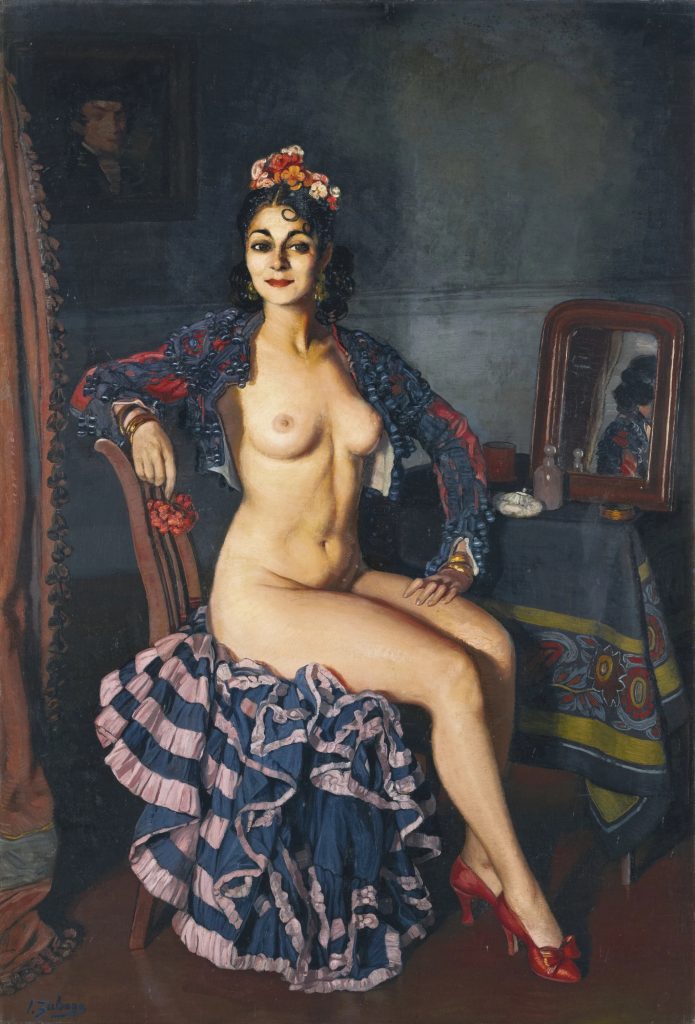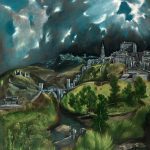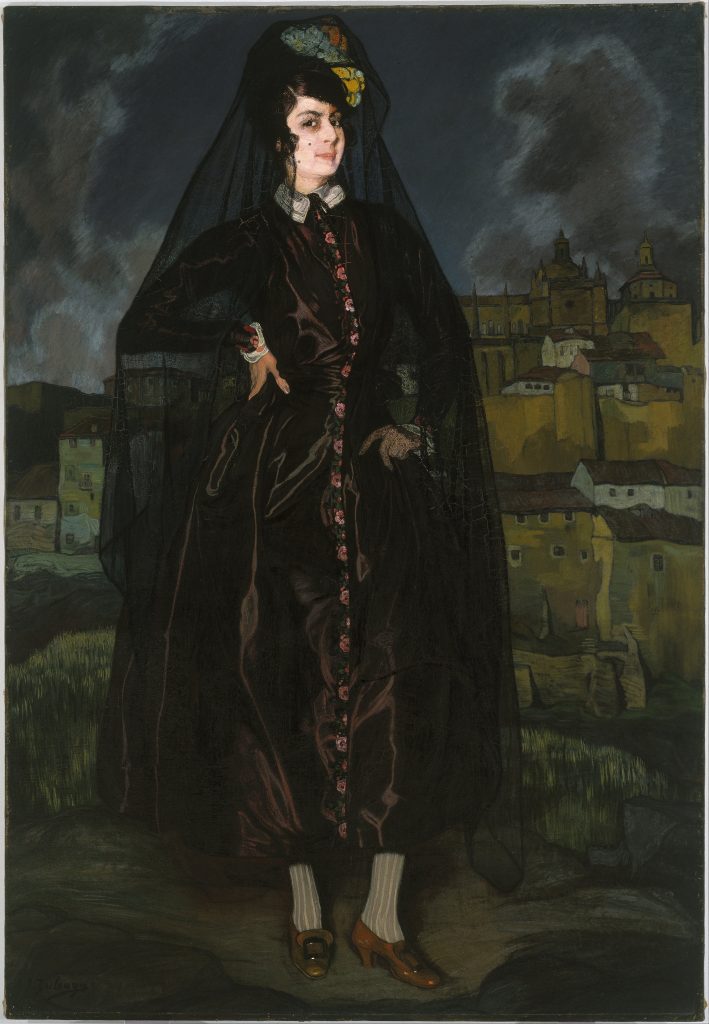
Ignacio Zuloaga (July 26, 1870 – October 31, 1945) was a Spanish painter known for his works depicting Spanish landscapes, people, and customs. His art was deeply rooted in Spanish culture, and he became a prominent figure in the Spanish art world during the late 19th and early 20th centuries.
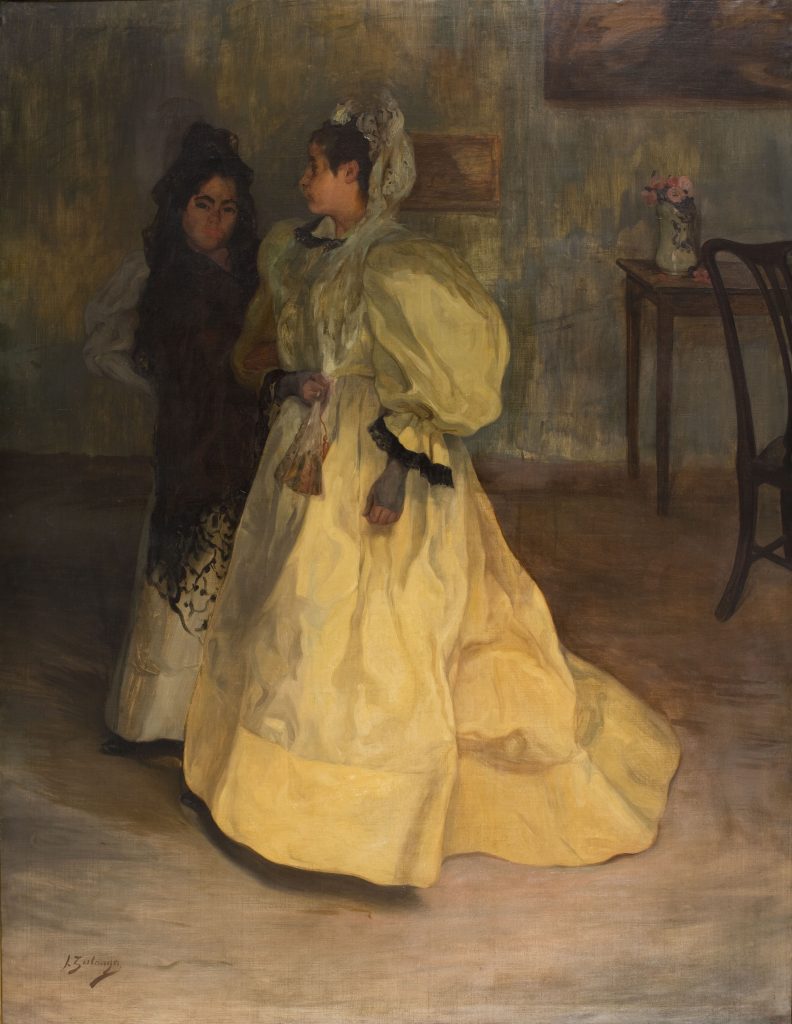
Early Life and Education: Ignacio Zuloaga was born in Eibar, a small town in the Basque Country of Spain. From a young age, he showed a keen interest in art. His father, Plácido Zuloaga, was a metalworker and sculptor, and his mother, María de Echeverría, was also artistically inclined. Recognizing his talent, his parents supported his artistic aspirations.
Zuloaga began his formal artistic education at the Royal Academy of Fine Arts of San Fernando in Madrid, where he studied under notable Spanish painters such as Carlos de Haes. During this time, he was exposed to various artistic styles and traditions.
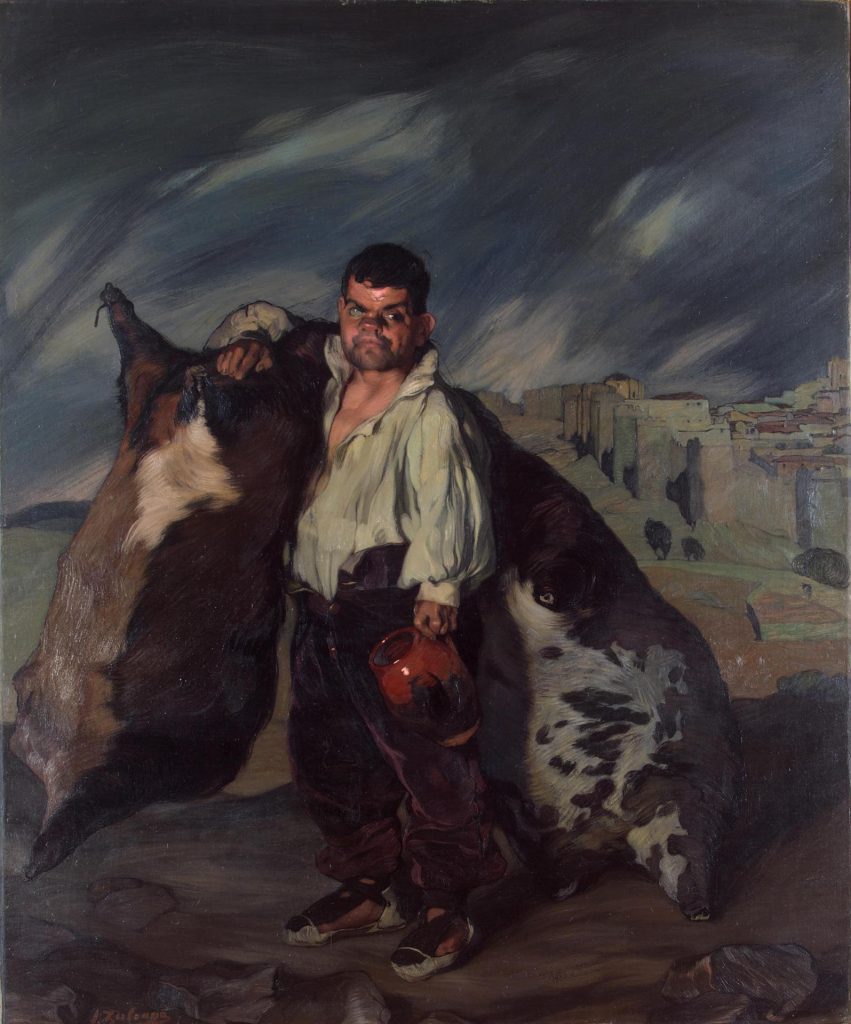
Career and Style: After completing his studies in Madrid, Zuloaga traveled extensively, both within Spain and abroad. He was particularly drawn to the traditional villages and landscapes of Spain, which would become a central theme in his work. Zuloaga’s style is often described as a blend of Realism and Symbolism. His paintings are characterized by their detailed, often somber depictions of Spanish life and culture.
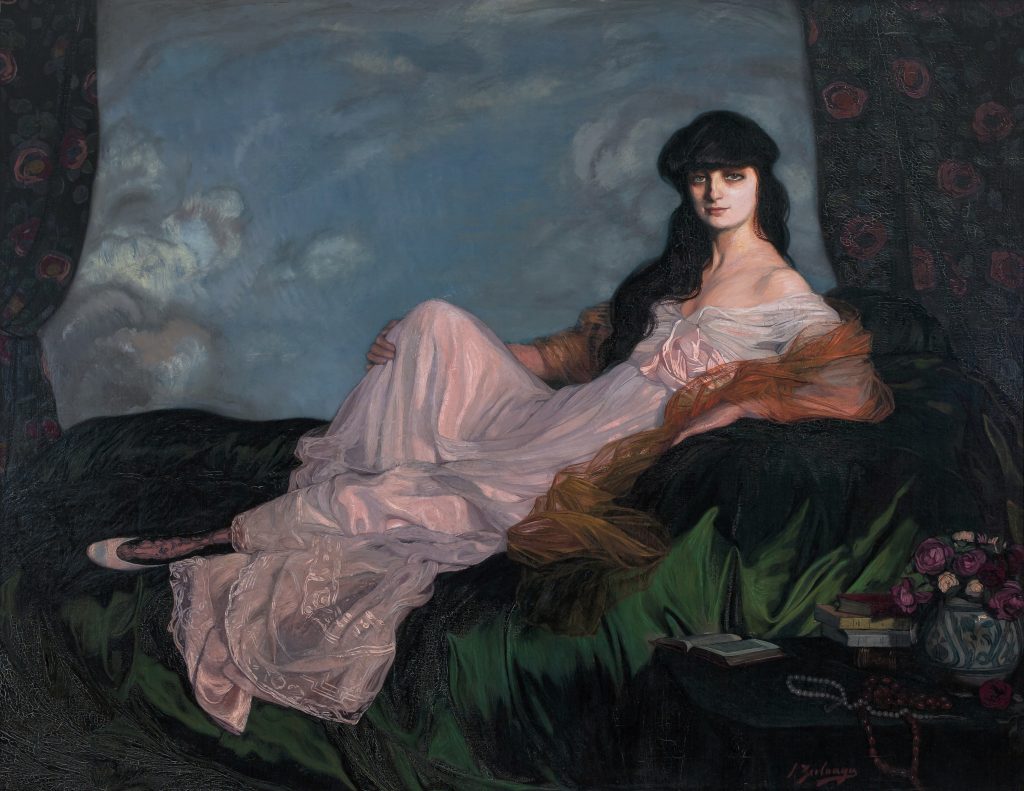
Recognition and Influence: Zuloaga’s art gained recognition and acclaim, and he exhibited his works in major cities across Europe and the United States. He became associated with the Symbolist movement and was influenced by the works of Francisco Goya, Diego Velázquez, and El Greco.
One of Zuloaga’s most famous series of paintings focused on the “Jota,” a traditional Spanish dance. These paintings, characterized by vibrant colors and dramatic depictions of dancers, are considered some of his most iconic works.
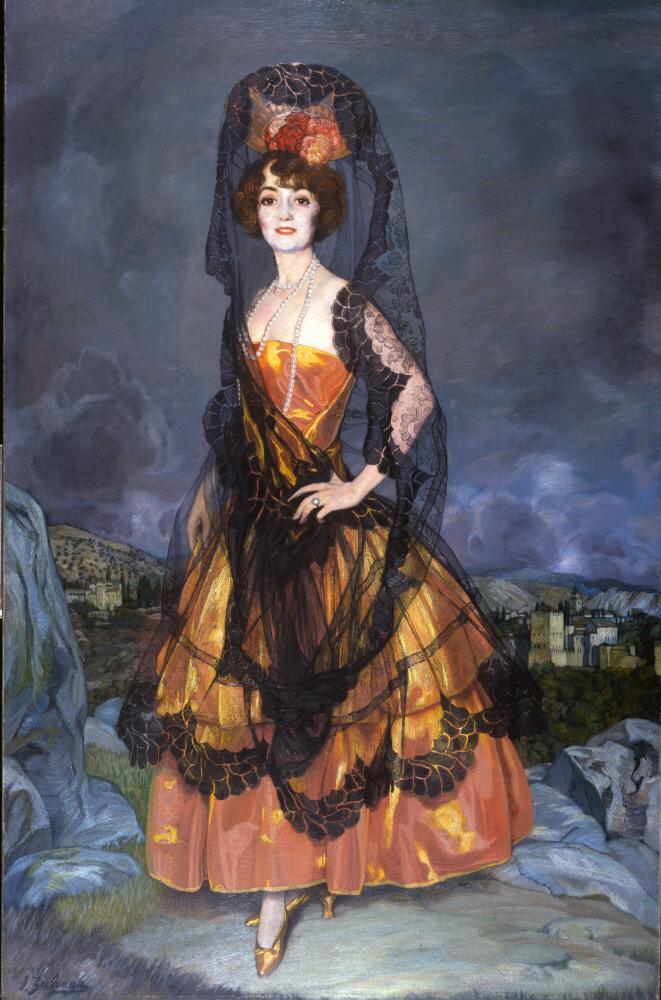
Relationship with Spain and Francisco Franco: Zuloaga had a complex relationship with Spain’s political landscape. He was known for his support of General Francisco Franco during the Spanish Civil War, a controversial stance that has been a subject of debate among art historians. His friendship with Franco led to the painter receiving various honors during Franco’s rule, including being named a Marquis.
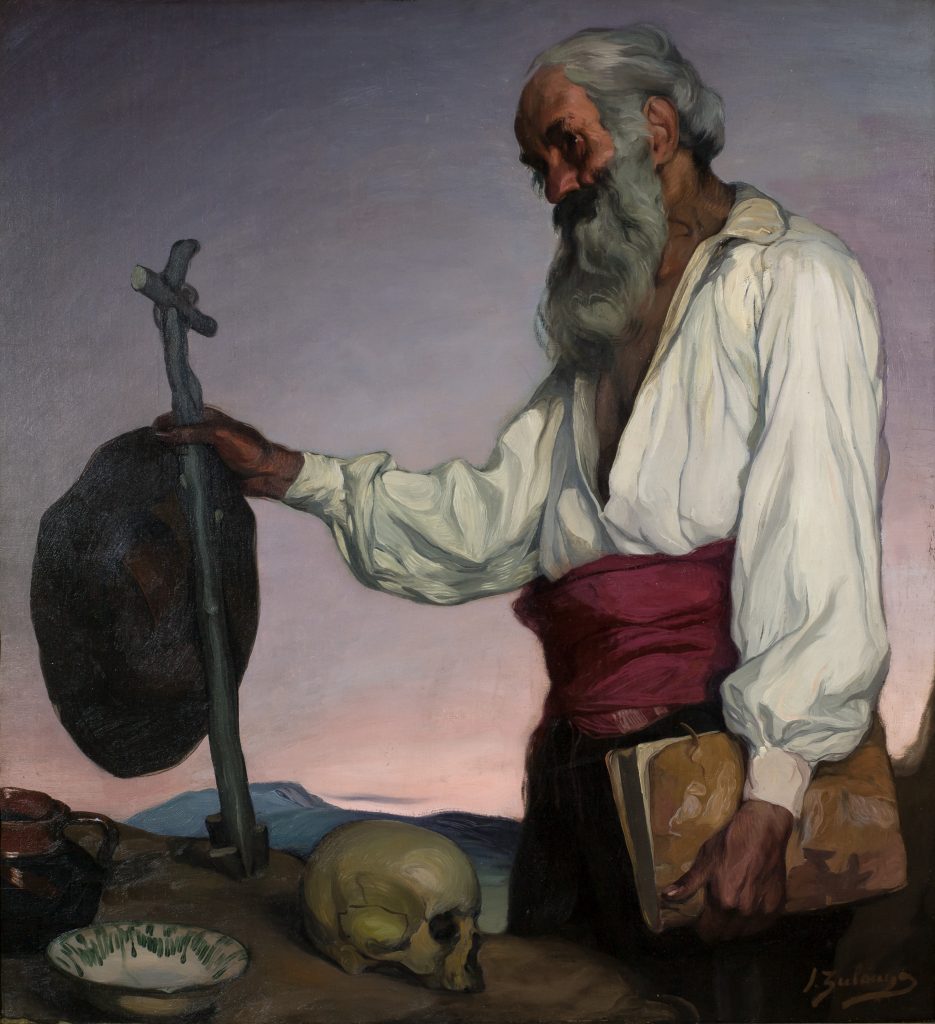
Legacy: Ignacio Zuloaga’s works are celebrated for their ability to capture the essence of Spanish culture and traditions. He remains an important figure in Spanish art history, and his paintings can be found in major museums and collections around the world.
Zuloaga’s art continues to be appreciated for its unique blend of realism, symbolism, and deep connections to Spanish identity and heritage, making him a significant contributor to the rich tapestry of Spanish art in the early 20th century.
